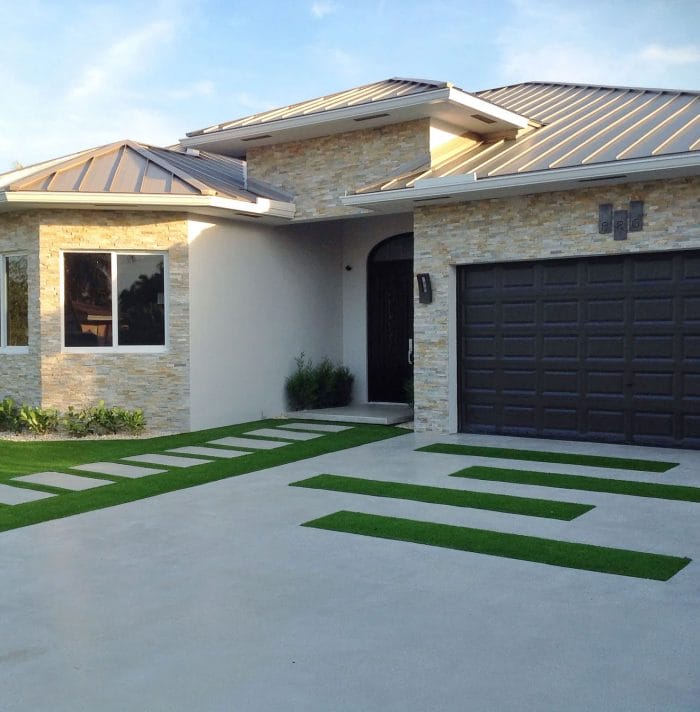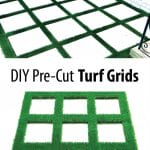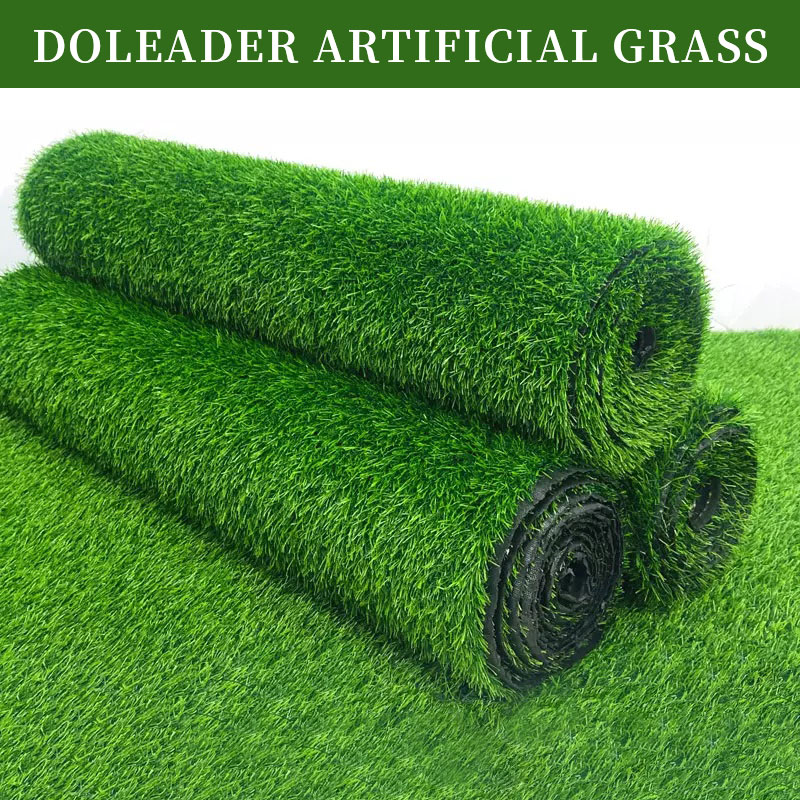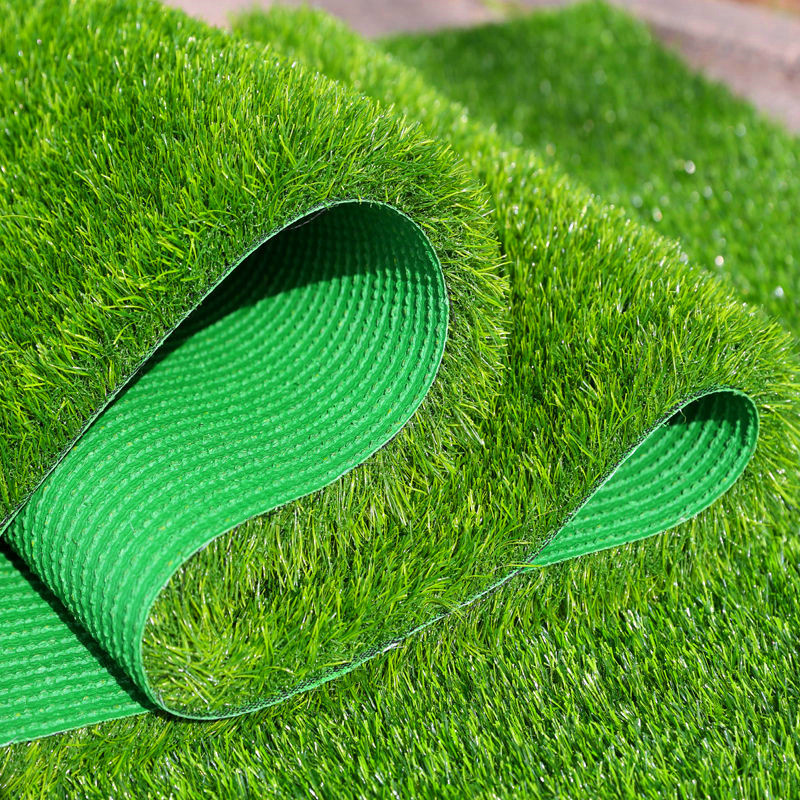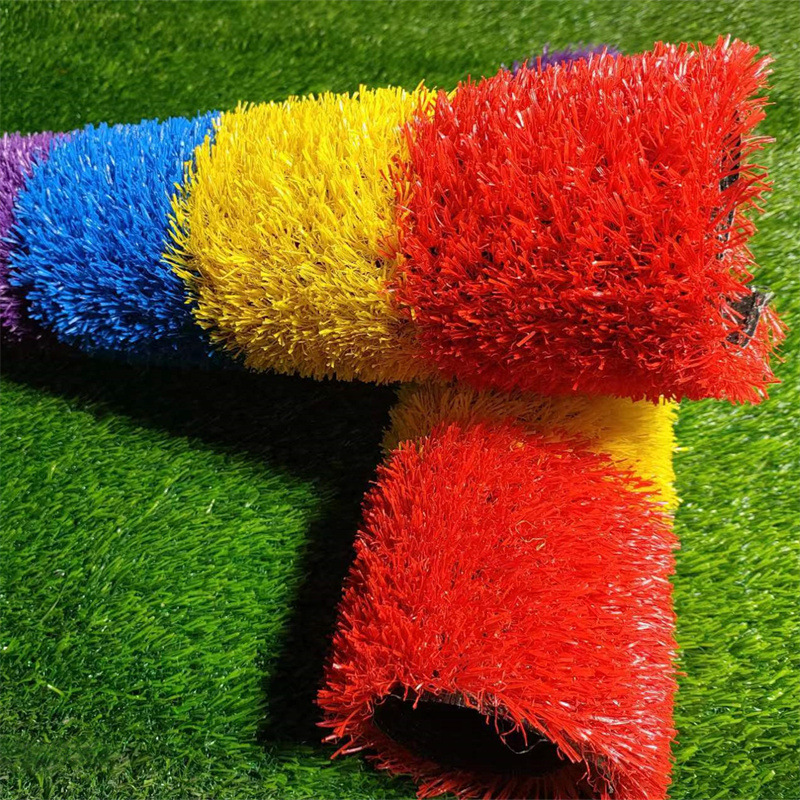Concrete driveways with grass strips are a popular choice for homeowners who want to add a touch of greenery to their property while also maintaining a durable and low-maintenance driveway.
In recent years, homeowners and builders have been looking for ways to make concrete driveways more sustainable and environmentally friendly. One solution that has gained popularity is incorporating grass strips into the design. Not only do grass strips provide a natural and aesthetically pleasing look, but they also offer several benefits for the environment and the driveway itself. In this article, we will explore the advantages of concrete driveways with grass strips and how they can be a sustainable and stylish solution for your home or building project.
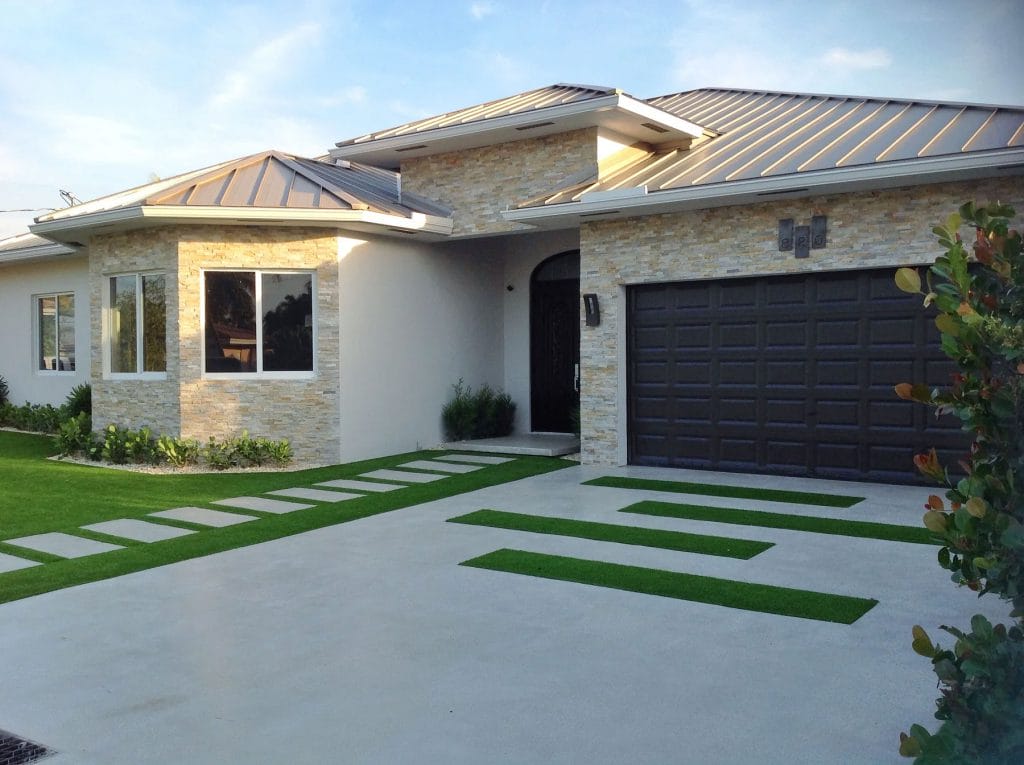
Benefits of concrete driveways with grass strips:
- Aesthetics: Concrete driveways with grass strips can add a touch of beauty and curb appeal to your home. The contrast between the green grass and the gray concrete can create a visually appealing and inviting entrance to your home.
- Durability: Concrete driveways are very durable and can withstand heavy traffic and wear and tear. Grass strips can also help to protect the concrete from damage.
- Drainage: Grass strips can help to improve drainage on your driveway. This can help to prevent water from pooling on the driveway and causing damage.
- Environmental benefits: Grass strips can help to reduce the amount of heat that is absorbed by the concrete, which can help to cool down your home and reduce your energy costs. Grass strips can also help to filter runoff water and improve air quality.
How to install a concrete driveway with grass strips:
- Prepare the area by removing any weeds or debris.
- Excavate the area to a depth of 6-8 inches.
- Install a base layer of gravel or crushed stone. Compact the base layer with a tamper.
- Pour a concrete slab over the base layer. Be sure to follow the manufacturer’s instructions for pouring concrete.
- While the concrete is still wet, create grooves for the grass strips. You can use a trowel or a piece of wood to create the grooves.
- Once the concrete has cured, plant grass in the grooves. Water the grass regularly until it is established.
Tips for maintaining a concrete driveway with grass strips:
- Water the grass regularly, especially during hot and dry weather.
- Fertilize the grass according to the manufacturer’s instructions.
- Mow the grass regularly to keep it at a height of 2-3 inches.
- Edge the grass around the concrete driveway to keep it looking neat and tidy.
- Apply a sealant to the concrete driveway every few years to protect it from damage.
By following these tips, you can install and maintain a concrete driveway with grass strips that will look great and last for many years to come.


